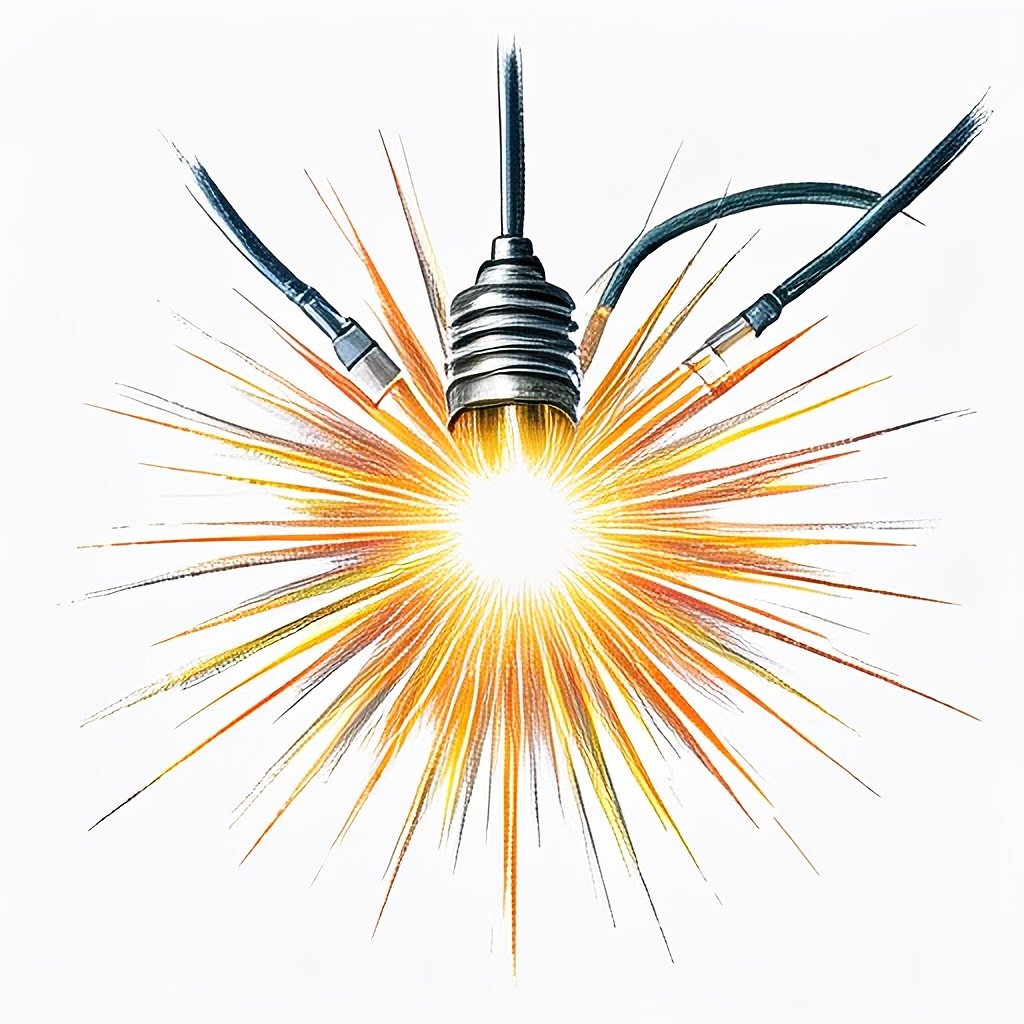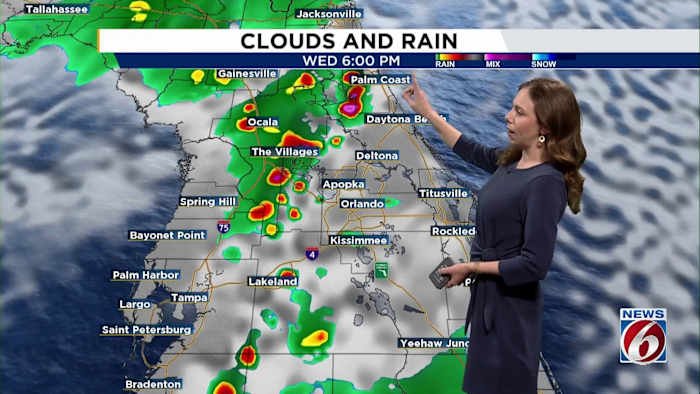Spot government spending trends to position your portfolio: Gurmeet Chadha
Gurmeet Chadha: In a way, it is not bad considering what all has happened in terms of our very own war with Pakistan, lots of geopolitical issues, and heavy FII selling for the first four months of the year. Even now, the net position is 73-74% short. So, considering what all has happened, the market YTD is up 5-6%. For the year, it is pretty flattish. While we have underperformed, markets like Korea, Brazil, China are up 15-20-25%. Once this tariff uncertainty goes, the other part of the index which is, a bit of the auto, IT indices, a bit of export-oriented themes, partly commodities would probably start catching up.
Also, the earning growth in a best case scenario this year would be 11-12%. Once you are at 11-12% earning growth, the market is trading 20 times and what we are seeing is good. Sometimes corrections may not be bad news and I have been saying in various forums that we need to reset the expectations now. We cannot have 20-25% kind of returns. The last three-four years have been very good. The last six-eight months have been very sobering. And if you reset the portfolio in line with earnings growth which is 10-12%, there are better opportunities. The starting point is important and if your starting point is targeting 20%, you are bound to make more mistakes.
Are there any exits and adjustments to be made to your portfolio?
Gurmeet Chadha: Now we are trying to get overweight on the entire rate transmission story. For example, while banks and financial may have a slightly softer quarter, especially private banks, but they will still contribute to 32-34% of the profit pool of Nifty and as rates come down as you will see home loan rates at 6.5-7%, car loans at 6.5-7%, people have forgotten what happens when rates to fall and transmission happens, you see a revival in the consumption side as well.

Live Events
We are getting a little overweight on banking and consumption names and both are slightly under owned because of the relative underperformance. Banking obviously has recovered in the last couple of months. We are trying to get to some chemicals also where the end use is again consumption, again very under owned. The earnings might now start surprising with a very low base, destocking has happened to a large extent.
We are selectively looking at chemical names especially on the zinc side, on phenol side, on fluorine side. We are trying to get into some more defence names. There has been an emergency purchase and the defence secretary stocking Rs 2 lakh crore worth more of defence orders and this largely pertains to surface-to-air missile and air defence system – two biggest beneficiaries of that. We are getting overweight there and seeing if there are any low hanging fruits and tactical opportunities. The portfolio is more defensive than what it was some time back and that has to reflect the changing reality and valuations.
If you talk about India’s performance compared to other major economies, we have underperformed markets like China, South Korea. We have a little bit of clarity on the tariff front for China and South Korea; we still are awaiting to hear from the US on the trade deal with India. Do you believe the trade deal is slightly more favourable for us? Do you believe now India could outperform other emerging markets?
Gurmeet Chadha: We can relatively, but as I said, you need to see a broader earning recovery, maybe 15-18%, that does not look at least true for next one or two quarters. The nominal GDP growth this year would be around 9-10%, while the last inflation print was 2.8% on retail CPI and WPI has been pretty flat. The best case GDP growth is 6.5-7% if you are optimistic, which means the normal GDP growth is less than 10%. So earning growth also will be in line, maybe 1% or 2% more in the broader market.
So, at 12% earnings growth, the expectations have to be set and we may outperform. It may happen that India recovers after more clarity comes on tariffs. Second, there are other opportunities which can give you double digit returns and that is the reason we have to focus on risk-adjusted returns. So, the spread between today’s 10-year bond and the 30-year bond is about 50 basis points. It was never like that. It is usually 10-20 basis points. So, if rate transmission happens, the yield can drop 50-70 basis points overall and some 20-30 bps on compression, which means you can have a 60 to 80 bps kind of yields falling and compressing, which can lead to mark-to-market gains of 5% to 6% on the long bonds. With a coupon of 6.5%, you can make 12% in a long-duration bond with obviously some volatility. The way the dollar index is behaving, I am particularly constructive on commodities, especially gold, silver, copper and more. Equities can deliver identical earnings and similar returns. So, if you have more balance in your approach, you can make 12-13-14% with a lot less risk and that is important right now rather than betting on the events.
Of course, if the event happens, tariff clarity comes, we can have a better H2 compared to H1. I am not ruling that out, but that would be more lumpy and I do not know how sustainable it would be. So, if you get to 24-25 earning multiple, market goes up 10-15%’ then again, you have a similar problem coming a couple of quarters down the line.
The headlines in the month of March was tax cut will kick in, consumption will come back. Let liquidity come back and credit growth will pick up. Let interest rates go down and car sales and motorcycle sales will pick up. Everything has happened but credit growth is down, consumption is down, monsoons have come and nobody is buying cars and autos. So, whatever we are assuming is not translating into earnings, demand, or anything which indicates the economy is coming back.
Gurmeet Chadha: That is partially true. But if you look at rural sales, there are already early signs of revival. Look at two-wheeler numbers especially for TVS. Auto, if you look at tractor numbers and LCV numbers, the tractor numbers and farm equipment numbers are picking up. So, there are early signs. There are a few green shoots there. Look at private capex for last year, it was Rs 13 lakh crore. After 2013, for the first time, private capex was more than the government capex, and that is something we got to be noticing and be careful about in terms of our portfolio assessment.
So, yes, there are early green signs and a lot of it the market is also trying to price in. So, even automobile stocks like M&M is not really cheap. We are still getting it at 26-27 times. Assuming good news comes through, some of it is in the price and where the numbers are not very good, even there we are not getting stocks at five-six earning multiple.
For example, IT will probably have a more flattish quarter. It’s not that we are getting HCL, Infosys at 13-15 times. That is why I am saying it is important to reset the expectations. If it is around 12%, we will be better off. The opportunities will come if you deep dive into value chains. You have to get into things like power equipment where probably a huge transmission capex is happening. You have to get into some new stories on semiconductors. You have to get into some more themes like recycling because that is something starting in India and something where the government is keen on spending.
So, one learning for me in the last two-three years has been, to be very focused on where the government is spending more. They spend more on electronics. We saw what happened with Dixon or Kaynes or Amber. They were very clear on defence in terms of import substitution, more purchasing. We have seen a huge upside in defence names. It is very important we notice where the government is spending money and now the focus is coming back to driving up consumption. That is where the portfolio has to be positioned.






